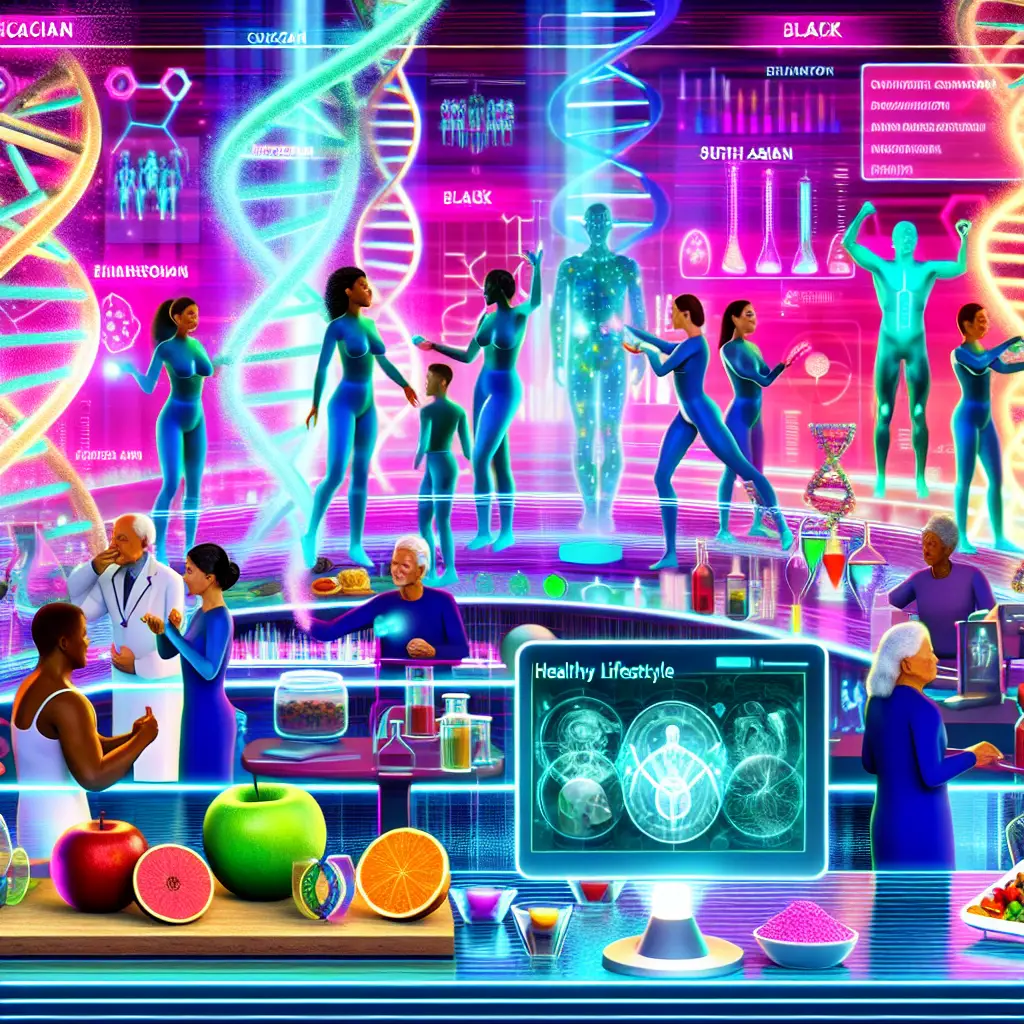The Rise of Biohacking for Longevity and Optimal Health
Unlocking logevity-Biohacking, once an obscure subculture, has rapidly gained traction and attention in recent years. As the pursuit of better health and longer life becomes a priority for many, biohackers are exploring unconventional and innovative approaches to enhance their bodies and minds. This blog post delves into the fascinating world of biohacking, its techniques, and its potential to revolutionize our understanding of health and longevity.
What is Biohacking?
Biohacking, also known as DIY biology, involves making small, incremental diet or lifestyle changes to improve health and well-being. It embraces a diverse array of practices, ranging from simple dietary adjustments to complex technological interventions. The core principle of biohacking is self-experimentation with the aim of optimizing various aspects of one’s physical and mental performance.
The Growing Popularity of Biohacking
The allure of biohacking lies in the promise of personalized health solutions and increased longevity. Several factors contribute to its rising popularity:
- Technological Advancements: Improved access to data through wearables and health apps enables individuals to track and analyze their health metrics more effectively.
- Increased Health Awareness: People are becoming more proactive in managing their health and seeking out innovative methods to improve their quality of life.
- Success Stories: Influential figures and celebrities openly embracing biohacking have fueled public interest and acceptance.
- Community Support: Online communities and forums provide platforms for biohackers to share experiences, tips, and discoveries.
Key Biohacking Techniques
The spectrum of biohacking practices is broad, but several key techniques have emerged as particularly influential:
Nutritional Interventions
Nutritional biohacking focuses on optimizing diet to enhance health and performance. Popular approaches include:
- Intermittent Fasting: This eating pattern cycles between periods of fasting and eating, which may promote weight loss and improve metabolic health.
- Ketogenic Diet: By reducing carbohydrate intake, this high-fat diet aims to shift the body’s metabolism from glucose to ketones for energy.
- Supplementation: Using vitamins, minerals, and other supplements to address deficiencies and support specific health goals.
Wearable Technology
Wearable devices are a cornerstone of modern biohacking. These gadgets help track vital signs, sleep patterns, and physical activity. Notable devices include:
- Fitness Trackers: Devices like Fitbit and Garmin monitor steps, heart rate, and sleep quality.
- Smartwatches: Apple Watch and similar devices offer extensive health monitoring features, including ECG and blood oxygen level tracking.
- Continuous Glucose Monitors: These devices provide real-time insights into blood sugar levels, helping individuals manage dietary responses.
Mind and Body Optimization
Biohackers also explore practices aimed at optimizing mental clarity, emotional well-being, and physical performance, such as:
- Meditation: Mindfulness and meditation techniques to reduce stress and enhance focus.
- Cold Therapy: Exposure to cold, such as ice baths and cryotherapy, to improve circulation and reduce inflammation.
- Sleep Optimization: Techniques to improve sleep quality, including sleep hygiene practices and the use of blackout curtains or white noise machines.
Biohacking and Longevity
A significant aspect of biohacking is its potential to extend lifespan. Researchers and enthusiasts believe that through strategic interventions, it is possible to slow down aging processes and stave off age-related diseases. Some of these strategies include:
Genetic Engineering
Advances in genetic engineering, such as CRISPR technology, offer the promise of altering genes to prevent or reverse aging-related damage. Though still in experimental stages, this area holds immense potential for future applications.
Senolytic Therapies
Senolytics are drugs designed to eliminate senescent cells, which are cells that have stopped dividing and contribute to aging and chronic disease. Early research shows promise in enhancing healthspan and delaying the onset of age-related conditions.
Tissue Regeneration
Researchers are exploring ways to regenerate tissues and organs through stem cell therapy and 3D bioprinting. These innovations aim to repair or replace damaged tissues, potentially reversing the effects of aging.
The Ethical and Safety Concerns
While biohacking offers exciting possibilities, it also raises important ethical and safety issues. Concerns include:
- Self-experimentation Risks: Unsupervised experiments may cause unintended harm or adverse effects.
- Access and Inequality: High costs and technological barriers may limit access to advanced biohacking techniques for many people.
- Ethical Implications: Genetic modifications and other radical interventions raise questions about long-term societal impacts and natural human evolution.
Conclusion: The Future of Biohacking
Biohacking is at the frontier of health innovation, merging aspects of science, technology, and individual experimentation. As research continues to advance, we can expect even more groundbreaking developments in the sphere of longevity and optimal health.
Ultimately, the rise of biohacking reflects a broader shift toward personalized, proactive healthcare where individuals take control of their health destinies. While challenges remain, the potential rewards make biohacking an intriguing and promising pursuit for those committed to pushing the boundaries of human potential.
Whether you’re a seasoned biohacker or just beginning your journey, the possibilities for enhancing your health and extending your life are virtually limitless. The key is to stay informed, experiment responsibly, and always prioritize safety and well-being










